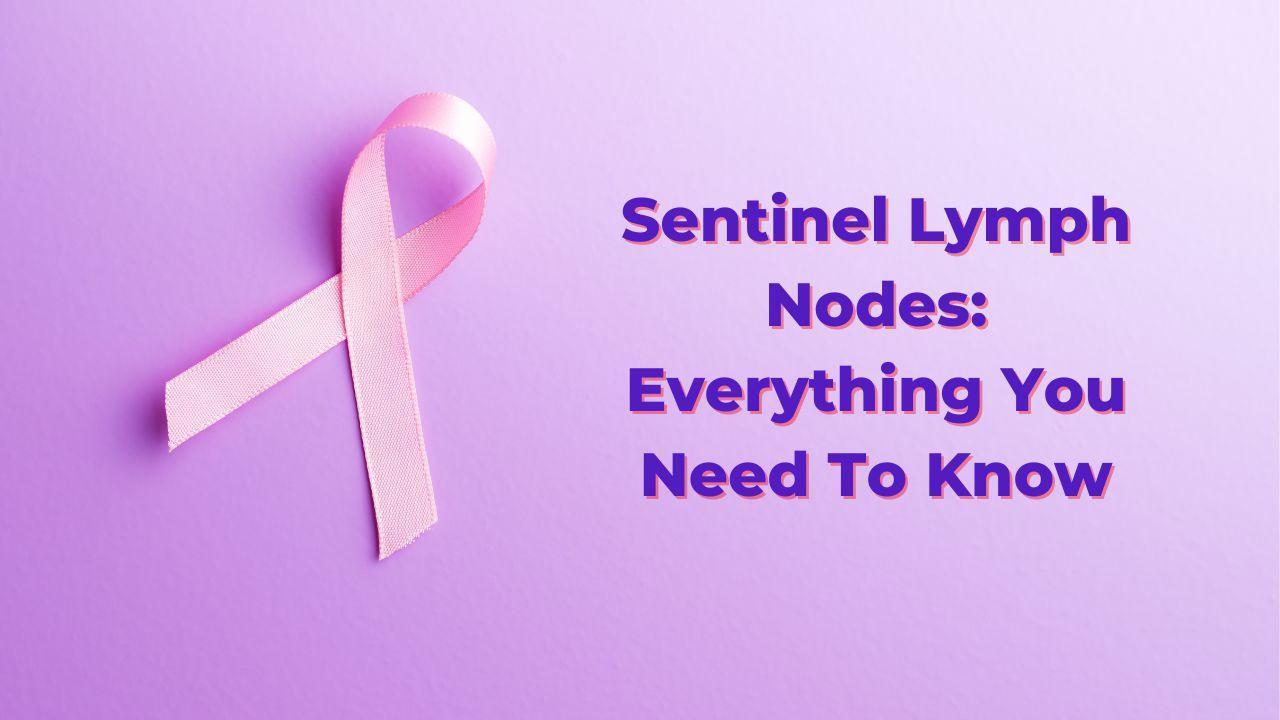What are Sentinel Lymph Nodes?
Medically reviewed by: Dr. Jay R. Anam
Topics covered in this Article:

Lymph nodes are small masses of tissue with white blood cell content that protects the body against infections. They are also known as lymph glands and are associated with the immune system. The work of the lymph nodes is to filter out the lymph fluid that contains waste products and fluid from the tissues in the body.
Testing the lymph nodes is effective for planning the treatment plan for cancer and increasing the recovery potential. At times, the cancer cells originate in the lymph nodes, or cancer from other organs spread to the nodes.
What is a sentinel lymph node?
What is a sentinel lymph node biopsy?
SLNB or sentinel lymph node biopsy is a surgical procedure that cancer surgeons conduct to find, examine, and sample the sentinel lymph nodes. They conduct this procedure to see if cancer has spread to the lymph nodes. Once the sentinel node is excised, it is sent to the frozen section. A frozen section is a type of histopathological examination that can determine the presence of cancer in nodes within 15 – 20 minutes. The frozen section is carried out during the surgery.
If cancer has not spread to the lymph nodes, on the frozen section it means no further lymph node removal is necessary. However, if the lymph nodes show cancer presence, doctors need to perform further surgery.
What happens during an SLNB?
Doctors would add a safe radioactive substance or tracer near the tumour of the cancer patient a few hours prior to the biopsy. The surgeon can find the sentinel lymph node(s) afterwards. During the main surgical process, doctors would put the patients under general anaesthesia. This puts the patients to sleep.
After the patient is comfortably sleeping, the cancer surgeon in charge would handle the following tasks:
- Injecting a blue-coloured dye into or around the cancerous part. In many cases, doctors use both the radioactive tracer and dye.
- This dye colours the sentinel nodes which allows the oncologist to view the sentinel nodes easily. In case the patient got the radioactive tracer, the doctor would use an Intraoperative gamma detector to locate the sentinel.
- Then, doctors do a small cut or incision in the area where the sentinel lymph nodes are present. Approximately, one to three sentinel nodes are identified and excised and sent to the frozen section.
Related Blog: What To Do If You Find a Lump?
Sentinel lymph node biopsy works for cancer patients with particular types of cancer whether cancer cells can expand into lymph nodes. It is a surgical process, generally conducted for people with the following cancer types:
- Melanoma
- Breast cancer
- Head and neck cancer
- Cervical cancer
- Penile cancer
- Endometrial cancer
What are the benefits of SLNB?
There are multiple notable benefits of conducting a sentinel lymph node biopsy. With this, experts in the field can stage cancers and evaluate the potential risk of other cancer cells moving into the lymphatic cells. This helps determine the extent and severity of the primary cancer types. Also, those who test negative for the presence of cancerous sentinel lymph nodes can avoid further lymph node surgery. This lowers the possible complications of losing lymph nodes as well.
Sentinel lymph node biopsy side effects?
The possible side effects of this procedure are pain, swelling, and or short-term bruising of the area. Particular surgery-related complications like infection or bleeding are also possible. Also, the diagnosis and potential side effects are not always completely accurate. Statistics show that 5-10% of all cases can appear as false negative.
Related Blog: Is Recurrent Breast Cancer Worse?
What are the possible harms of SLNB?
Typically, the sentinel lymph node biopsy is a safe surgical process. However, there are risks of complications with the process for cancer patients.
These include:
- Infection
- Bleeding
- Bruising or pain at the location of the incision
- Minimal risk of lymphedema.
- Allergic reaction- mainly to the coloured dye entered into the body
Conclusion
Appointment Form

About Author
Dr. Jay Rashmi Anam
Surgical Oncologists
15+
Year Of Experience
Dr. Jay Anam is one of the best surgical oncologists & breast cancer specialist in Mumbai.
Dr. Jay Anam has Completed his M.Ch. Surgical Oncology training from Tata Memorial Centre. He did his Fellowship in Breast Oncology from Centre Oscar Lambret, Lille, France.
As a breast cancer specialist, he believes in world-class cancer care for all patients.
Blogs
Exploring Breast Reconstruction Options
Breast cancer survivors, from understanding reconstruction options to coping with body image changes.
...Recovery After Breast Reconstruction Surgery
Discover essential tips for post-breast reconstruction surgery recovery.
...Evolution and Future of Breast Conservation Surgery in India
Triple-positive breast cancer varies in aggressiveness and treatment response, requiring personalized treatments based on the specific ch...
Videos
You are stronger than you think!
If you or someone you know has breast cancer or breast issues, get in touch with Mumbai best breast surgeon.






